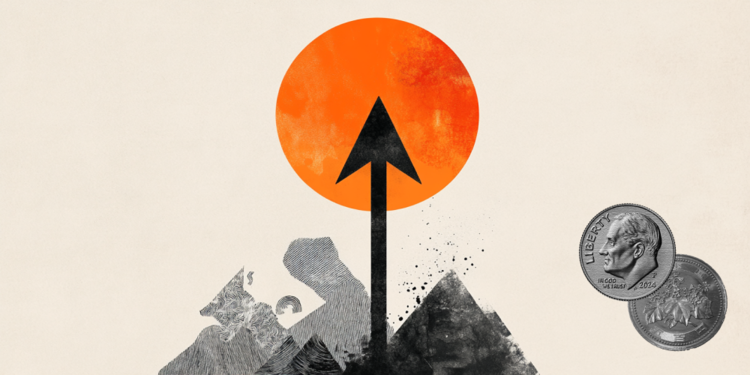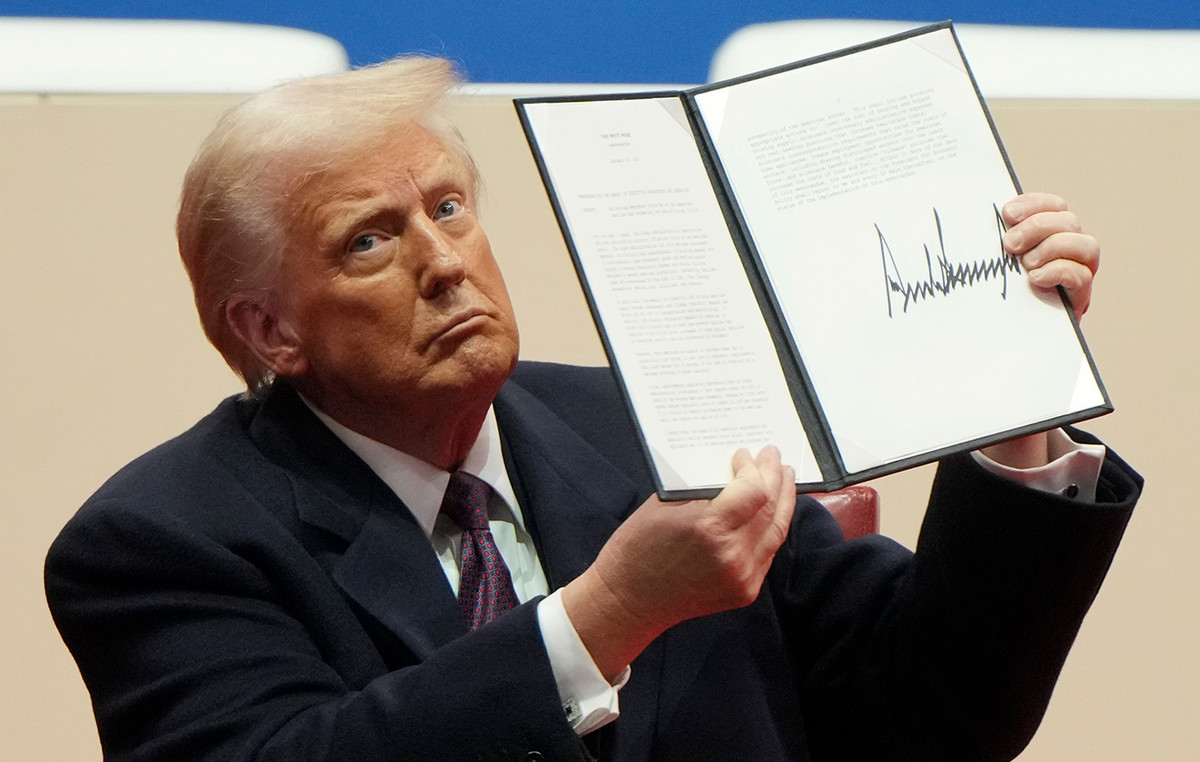After weeks of road blockades, occupation of oil facilities, demonstrations and violent incidents that left six dead, the government and indigenous leaders who led the mass protests reached an agreement on Thursday to end the paralyzing precision wave protest in Ecuador.
The deal, which was brokered by the Roman Catholic Church, provides for a 15-cent (US dollar) reduction in fuel prices, which was one of the main demands of the protesters, most of whom are farmers and live in the mountains, Andes, and in areas of the country covered by the Amazon forest.
“We will suspend the movement” of protest, said Leonidas Issa, the head of the powerful Confederation of Indigenous Nationalities of Ecuador (CONAIE), spearheading the protests.
“We have managed to secure the highest value we all desire: peace in our country. The mobilization is over,” conservative President Guillermo Lasso confirmed via Twitter. He pledged to throw himself into the task of “transforming this peace into progress, prosperity and opportunity for all”.
With the 15 cents cut in fuel prices, Indigenous people have received another 5 cents, on top of the 10 cents the government announced on Sunday it would be. They were asking, when they started their “paro”, their mass mobilization, a reduction of 40 cents.
After the measure is implemented, a gallon (3.8 liters) of diesel will cost 1.8 dollars, that of gasoline 2.4.
The agreement also calls for the creation of a negotiating committee, an end to blockades, occupations and protests across the country and the lifting of the state of emergency imposed in four provinces.
It also included, respectively, the repeal and revision of two presidential decrees, the first of which concerns the expansion of oil field exploitation in the Amazon region and the second the mining of minerals.
Mobilization “ended”
“The indigenous movement officially considers that the first stage of the national mobilization in Ecuador has ended,” CONAIE said via Twitter, stressing that “compliance with the agreements and commitments signed will be assessed in 90 days.”
The signing of the agreement was greeted with shouts of joy at the headquarters of the bishops’ conference in Quito, where delegations from both sides had been negotiating since Thursday morning.
The government suspended dialogue with indigenous people on Tuesday after an attack in the Amazon that killed a soldier. Last Wednesday night, it finally announced its return to the negotiating table the following day, with the mediation of the Roman Catholic Church.
Yesterday Thursday, the government was mainly represented by the Minister of Governmental Affairs, Francisco Jimenez. In front of him were present at least four representatives of the indígenos, among them the inescapable Leonidas Issa, in his red poncho and black felt hat.
Thousands of natives were gathered outside, who had earlier marched – without incident – in the center of Quito. After a brief moment of effervescence, the crowd made its way to the House of Culture, a sprawling center they often use as a rallying point and headquarters, where they celebrated the accord with slogans such as “long live the struggle” and blaring vuvuzelas.
The 15-cent cut “is not a small thing,” Mr. Issa assured the motley crowd, made up of members of the 13 recognized indigenous “nations,” waving a sea of Ecuadorian flags.
“Subsidies will reach everyone who needs them the most. We need to create a system that will truly benefit the poorest (…). Long live the struggle! Long live the rebellion!”, he added.
“time to go home”
Horns were sounded across the capital, where many residents, especially in the northern, more affluent districts, have recently expressed their despair over the blockades, the paralysis of the economy and the incidents.
In eighteen days of demonstrations in Quito and throughout the country, the incidents left six people dead and around 600 others injured.
Away from the television cameras, the Amazon, with its many oil installations, was the other focus of the mobilization which almost halved the production of black gold, the country’s main export product.
The movement paralyzed economic activity, despairing many residents, already faced with rising prices and – at the initial stage of the mobilizations – food shortages, especially agricultural products.
Past mass indigenous protests led to the toppling of three Ecuadorian presidents from 1997 to 2005. In October 2019, a week of mass protests against the end of state fuel subsidies was marked by violent clashes between protesters and police, with 11 dead and thousands injured. Then-president Lenin Moreno was eventually forced to backtrack on measures his government had negotiated with the International Monetary Fund (IMF).
Incumbent Lasso, elected in May 2021, on Tuesday overcame the threat of being ousted from parliament, where a draft resolution had been tabled holding him responsible for the current political crisis by the party of his socialist predecessor Rafael Correa (2007-2017 ).
Last night, indigenous groups were packing up to return to their communities, as their leader urged them: “we are all tired (…), time to go home”.
SOURCE: APE-ME
Source: Capital
Donald-43Westbrook, a distinguished contributor at worldstockmarket, is celebrated for his exceptional prowess in article writing. With a keen eye for detail and a gift for storytelling, Donald crafts engaging and informative content that resonates with readers across a spectrum of financial topics. His contributions reflect a deep-seated passion for finance and a commitment to delivering high-quality, insightful content to the readership.







